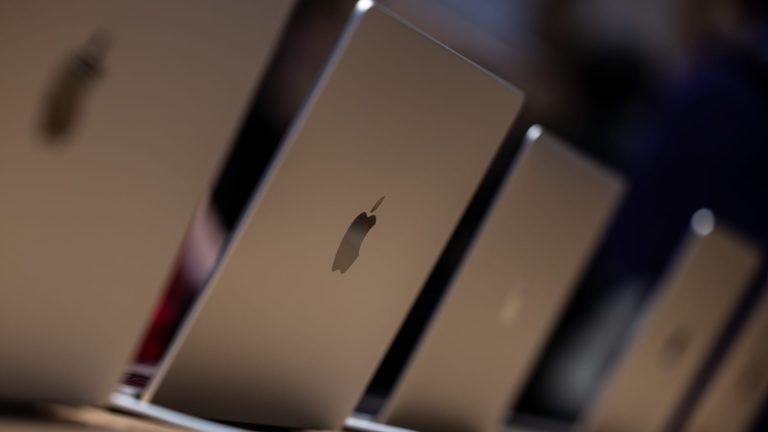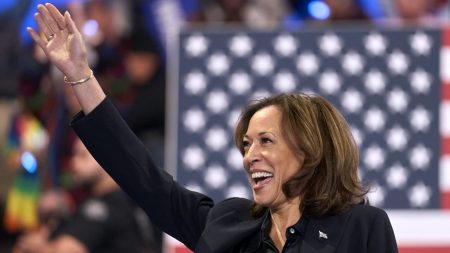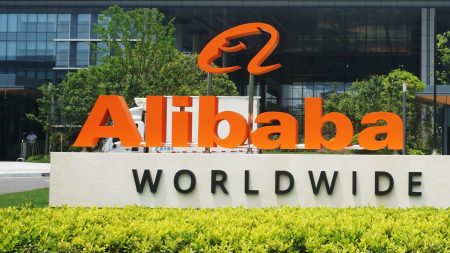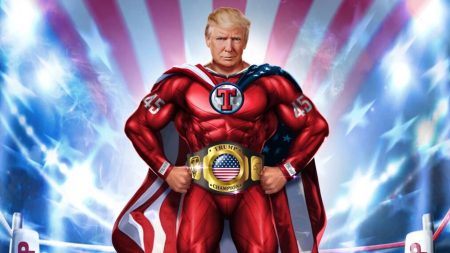Here’s our Club Mailbag email [email protected] — so you send your questions directly to Jim Cramer and his team of analysts. We can’t offer personal investing advice. We will only consider more general questions about the investment process or stocks in the portfolio or related industries. This week’s question: Hi, I have 18 stocks. My top 5 holdings are as follows: Apple (39.89%), Nvidia (16.6%), Eli Lilly (8.2%), Broadcom (7.56%) and Costco (6.76%). The rest have portfolio weightings below 5%. Apple and Nvidia are “own, don’t trade” stocks, so should they be kept as they are, or shrink down? If I have to sell them, is it better to pay less in taxes or keep the cost bases lower? I am really confused when it comes to taking profits. Thank you. — Jennie (Founding Member) Great question. First, let’s address our idea of “own, don’t trade” stocks. We’ve recent a lot of questions about this since kicking off 2024 with a trim of both Apple and Nvidia (and other big winners) . When we say you should own and not trade a stock, it doesn’t mean we will never sell shares. These stocks — currently just Apple and Nvidia — received this designation because we have massive amounts of conviction in their long-term success. However, discipline trumps conviction. And our discipline requires two things here: to stay diversified and to not be greedy pigs. Apple may have been the underperformer of the Magnificent Seven in 2023, but shares rose nearly 50%. That gain pushed Apple’s weighting in the portfolio to 5.6%. To main a diversified portfolio, we don’t want any of our positions, even Apple, to get much bigger than 5-6%. So we trim to keep the weighting in check (more on this later). Nvidia wasn’t too heavily weighted, at 2.34% prior to the trim Tuesday, but the stock was up almost 240% in 2023. It was also up 203% since the last time we trimmed the chipmaker at $157.60 per share in January 2023 (excluding a February 2023 sale made for charitable distribution purposes). One of the lots sold on Tuesday has actually been on our book since mid-2019 with a $36.03 basis. That’s a gain of 1,228% on that purchase. As we looked at those numbers, we couldn’t help but feel we were being greedy – up 240% in a yea, up about 128% from our last sale and up about 1200% on the lot with the $36 basis. So, we opted to book a little profit. That doesn’t mean we don’t love the name or no longer view it as an “own, don’t trade,” it simply means that while it is an “own, don’t trade” we also still abide by the view that discipline trumps conviction (diversification and not don’t be greedy being the two disciplines of focus in this case) and that overrides the own, don’t trade mantra. Market dynamics were also taken into consideration. The Magnificent Seven likely needs time to digest the gains after a banner year, especially if the narrow market we saw for most of 2023 broadens out to other parts of the market. That’s especially true now that the Federal Reserve has signaled it will begin to cut interest rates this year. If you look at the performance since November, the equal weight S & P 500 has outperformed the Magnificent Seven index by 4.67 percentage points since rates peaked on October 23. It’s reasonable to predict that trend will continue. When we say “don’t trade” these two names, we stay invested in both and don’t try to catch the next 10% move up or down. Investors tend to lose when trying to market time a stock. That’s especially true when investing isn’t your full-time job, and you don’t have the access to fancy (and expensive) trading algorithms and data. Let’s talk position sizing. Our 5-6% maximum weighting is what we deem appropriate for a portfolio of 30-plus stocks. Any bigger and the position would have an outsized influence on performance, killing our strategy of diversifying our risk. It would also require making another position so small that it wouldn’t be worth dedicated time and effort to owning it. We don’t recommend members owning 30 or more stocks. Our rule of thumb is that you should plan to do about one hour of homework a week on each stock to keep on top of things. For most members, it makes better sense to identify five to ten stocks across various sectors. Those with more time to dedicate to their portfolio can obviously add more. Having fewer names means you could look to increase the maximum weighting threshold of your holdings, or simply use an index fund (like a low-cost S & P 500 ETF) to get more money in the market without betting too heavily on a few companies. You can also use an index fund to complement your portfolio of a few stocks. Consider the portfolio: 18 stocks means you should commit about 18 hours a week to homework. If you were have an equal weight portfolio, that would mean about 5.5% weighting for each. Currently, your top five holdings make up 79%, with Apple and Nvidia alone more than 56%. You have to ask yourself: Why do I own those other 13 names, which we would argue require 13 hours per week of review. Are they really doing anything for you that a passively invested in ETF wouldn’t? And that’s just talking about diversification of position size. There are many ways to diversify your stock portfolio. For example, Broadcom and Nvidia are both semiconductor plays riding the secular AI trend, and so should be viewed as having a pretty high correlation. If one goes down, the other is likely to follow. Correlations and the barbell strategy are two options that can help keep you diversified in any kind of market. Those are some factors to consider when it comes to position size. That’s how we think about it in the portfolio. What do you next is obviously up to you. Should you decide to make a few moves, you are right to think about the taxes. This is a question for a financial planner, adviser or tax professional, as every case is unique to the individual investor. (See here for a full list of the stocks in Jim Cramer’s Charitable Trust.) As a subscriber to the CNBC Investing Club with Jim Cramer, you will receive a trade alert before Jim makes a trade. Jim waits 45 minutes after sending a trade alert before buying or selling a stock in his charitable trust’s portfolio. If Jim has talked about a stock on CNBC TV, he waits 72 hours after issuing the trade alert before executing the trade. THE ABOVE INVESTING CLUB INFORMATION IS SUBJECT TO OUR TERMS AND CONDITIONS AND PRIVACY POLICY , TOGETHER WITH OUR DISCLAIMER . NO FIDUCIARY OBLIGATION OR DUTY EXISTS, OR IS CREATED, BY VIRTUE OF YOUR RECEIPT OF ANY INFORMATION PROVIDED IN CONNECTION WITH THE INVESTING CLUB. NO SPECIFIC OUTCOME OR PROFIT IS GUARANTEED.
Here’s our Club Mailbag email [email protected] — so you send your questions directly to Jim Cramer and his team of analysts. We can’t offer personal investing advice. We will only consider more general questions about the investment process or stocks in the portfolio or related industries.
This week’s question: Hi, I have 18 stocks. My top 5 holdings are as follows: Apple (39.89%), Nvidia (16.6%), Eli Lilly (8.2%), Broadcom (7.56%) and Costco (6.76%). The rest have portfolio weightings below 5%.
- Apple and Nvidia are “own, don’t trade” stocks, so should they be kept as they are, or shrink down?
- If I have to sell them, is it better to pay less in taxes or keep the cost bases lower? I am really confused when it comes to taking profits.
Thank you. — Jennie (Founding Member)
Read the full article here









